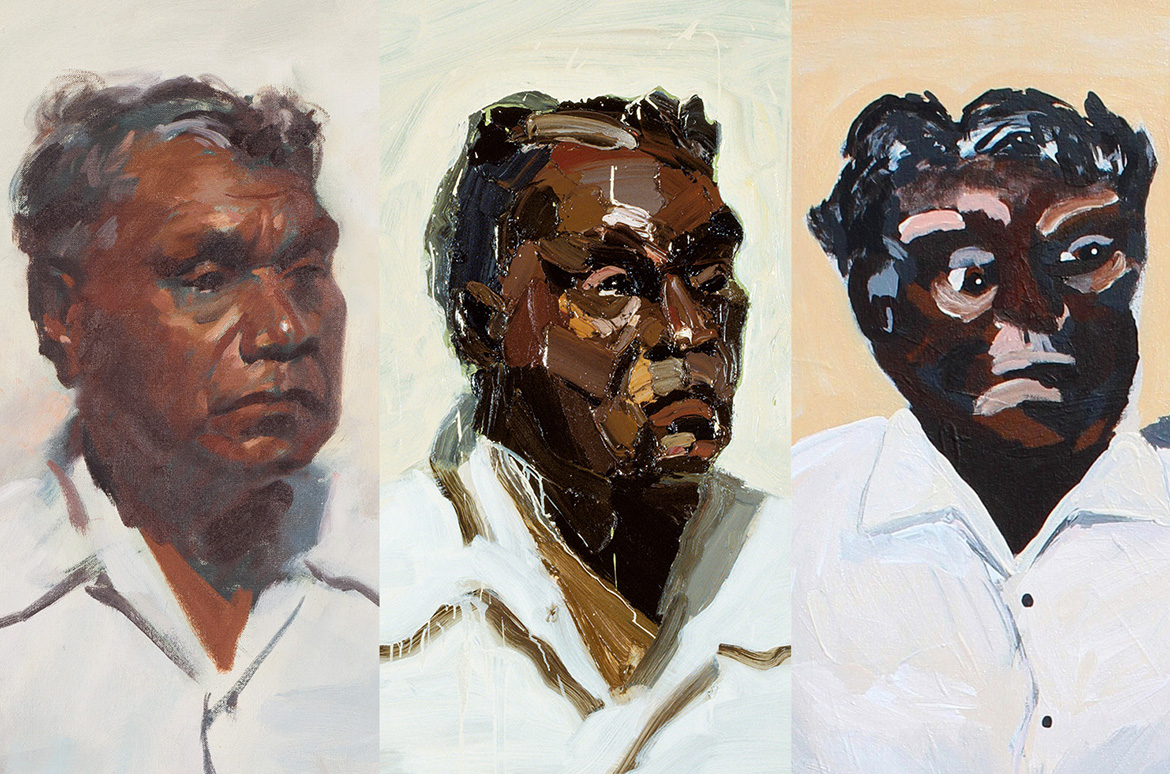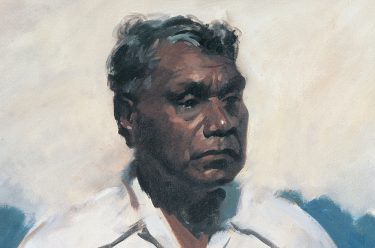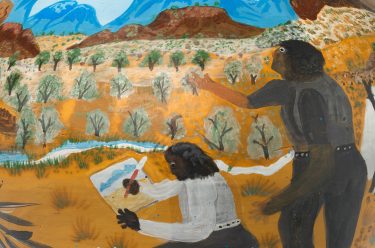William Dargie’s iconic image of Albert Namatjira has become the most identifiable image of the artist, and Ben Quilty and Vincent Namatjira have each been inspired to incorporate this original into their versions.
Ben Quilty’s painting Albert 2004 features two identifiable Australian identities placed together, Namatjira, the pioneer of contemporary Indigenous Australian art, and the budgerigar, native to Australia, its common name derived from a Gamilaraay Aboriginal language name ‘Betcherrygah’.
By placing these incongruous images side by side, Quilty highlights their usual association. By juxtaposing Namatjra’s portrait with a bird once free, now caged and bred in captivity into a range of uncharacteristic colours and patterns, Quilty considers the idea of Australian identity and its connection to place.
Albert
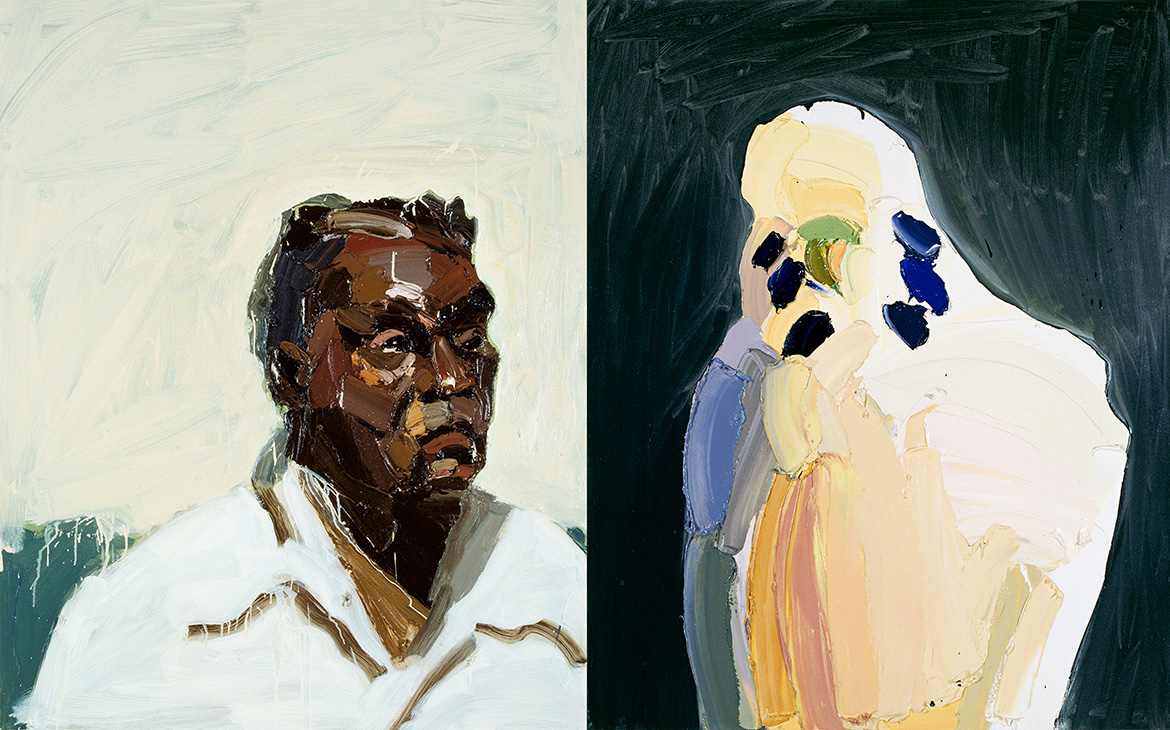
From the series Beauty rich and rare, Quilty brings together artists and pet birds into diptychs, such as Arthur Streeton, Frederick McCubbin, Tom Roberts and Namatjira. The portrait of Namatjira is borrowed from William Dargie’s Portrait of Albert Namatjira which won the 1956 Archibald Prize at the Art Gallery of New South Wales. The painting was acquired by the Queensland Art Gallery (QAG) in 1957, since then, it has become accepted as the iconic image of Australia’s most recognised Indigenous artist.
As the first prominent Aboriginal artist to work in a modern idiom, Namatjira was widely regarded as a representative of assimilation, able to bring traditions together… [Quilty] confronts the question of what constitutes a genuinely Australian Art… Are Namatjira’s works in a Western idiom less authentic than those by the celebrated exponents of Australian nationalism.1
Endnote
1 Michael Desmond, Ben Quilty Live, The University of Queensland Art Museum, 2009, p.82.
Portrait of Albert Namatjira
Portrait of Albert Namatjira 1956 is a conventional portrait — a seated half-figure painted from life. In mid-twentieth-century Australia, Indigenous people had rarely figured in a genre that confirmed the status of ‘elder statesman’ upon its subjects. William Dargie’s name was synonymous with the portrayal of ‘captains of industry’, a portrait by Dargie represented the confirmation of great social value and this portrait of Namatjira challenged the attitudes of 1950s Australia.
RELATED: Albert Namatjira
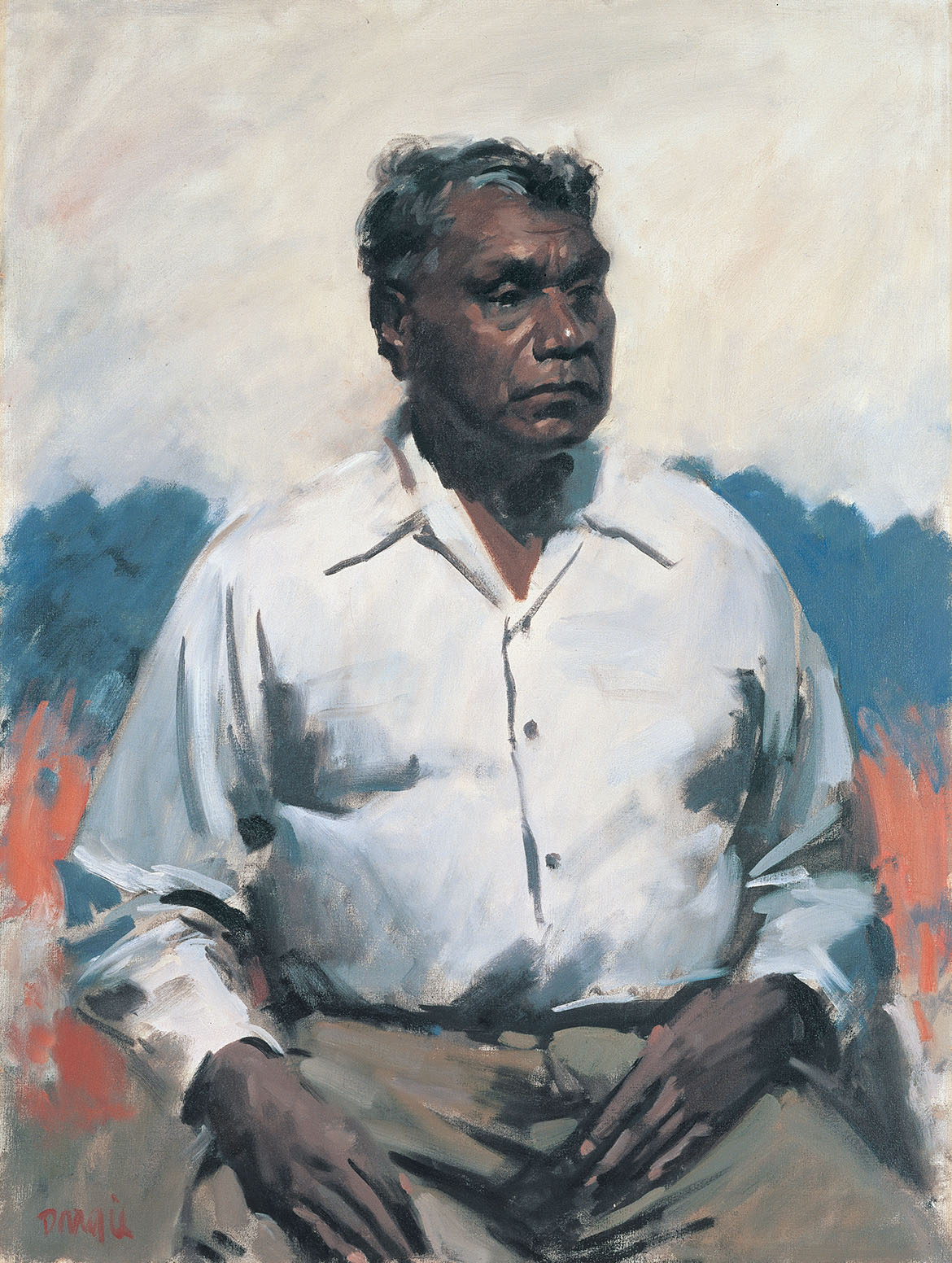
Albert and Vincent
Albert and Vincent 2014 is the result of Vincent Namatjira’s visit to QAGOMA to view Portrait of Albert Namatjira 1956 by William Dargie. Previously Vincent had seen the work only as a reproduction, and as a portrait painter whose work is often inspired by the image and cultural impact of his grandfather, he had a strong desire to view the work in person. Visiting the Gallery, Vincent sketched the portrait taking his sketches home to finish the work. Albert and Vincent now hangs alongside the painting that inspired it.
RELATED: Albert and Vincent Namatjira
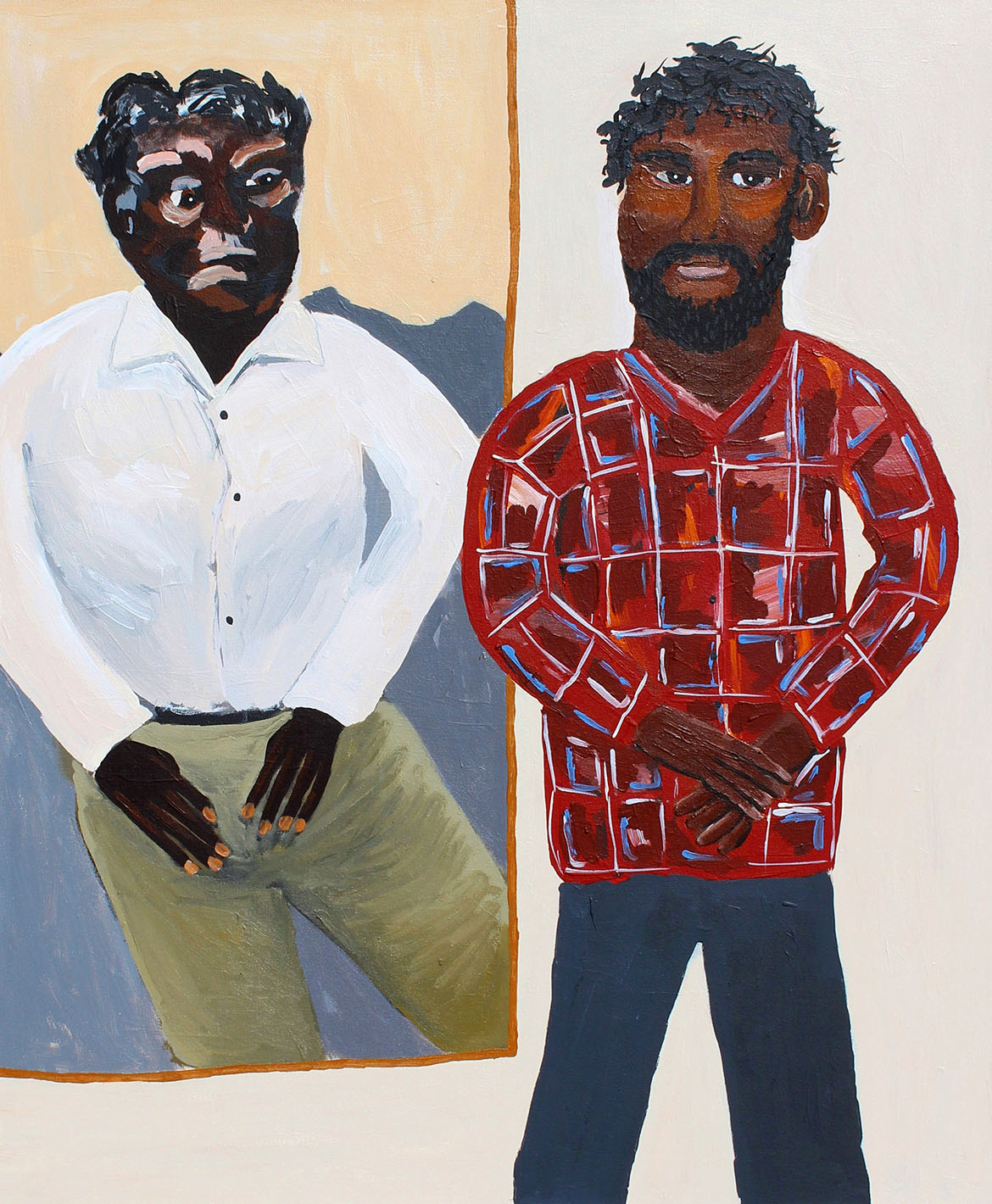
Know Brisbane through the QAGOMA Collection / Delve into our Queensland Stories / Read more about Australian Art / Subscribe to QAGOMA YouTube to go behind-the-scenes
Acknowledgment of Country
The Queensland Art Gallery | Gallery of Modern Art (QAGOMA) acknowledges the traditional custodians of the land upon which the Gallery stands in Brisbane. We pay respect to Aboriginal and Torres Strait Islander elders past and present and, in the spirit of reconciliation, acknowledge the immense creative contribution Indigenous people make to the art and culture of this country.
It is customary in many Indigenous communities not to mention the name or reproduce photographs of the deceased. All such mentions and photographs are with permission, however, care and discretion should be exercised.
Featured image details by William Dargie, Ben Quilty, and Vincent Namatjira
#QAGOMA
